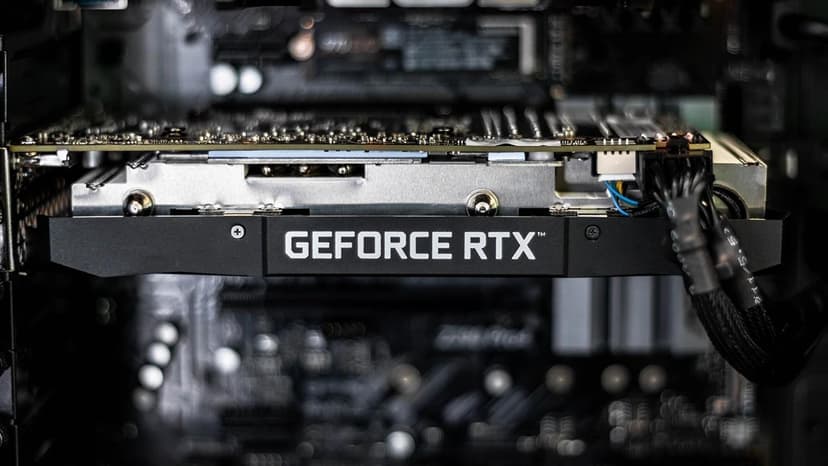Sparse Neural Networks: Optimizing Efficiency and Performance
Sparse neural networks are an efficient approach for training and inference in artificial neural networks. These networks maintain sparsity in their weights, leading to faster training, reduced memory usage, and enhanced performance. This article explores the concept of sparse neural networks, their advantages, and their applications.
What are Sparse Neural Networks?
Sparsity in neural networks refers to the connectivity between neurons and the distribution of non-zero weights in the network. Sparse neural networks have fewer active connections than dense networks, where every neuron connects to all others. In sparse networks, only a select number of connections and weights are used, while the remaining weights are set to zero.
Sparsity can be achieved through various techniques, including:
- Pruning: This technique removes unnecessary connections or weights from the network, creating a more compact model.
- L0 regularization: This approach encourages weights to reach exactly zero during training, resulting in a sparse network.
- Sparse coding: This method learns a dictionary of basis functions and represents input with a minimal number of these functions.
Advantages of Sparse Neural Networks
Sparse neural networks offer several benefits compared to dense networks:
-
Efficiency: Sparse networks require less memory and computational resources, which leads to faster training and inference times.
-
Improved Performance: Despite having fewer parameters, sparse networks can achieve comparable or better performance than dense networks. Their sparsity helps focus on important features and reduces overfitting.
-
Model Interpretability: Sparse networks with non-zero weights provide insights into significant features and connections, enhancing the analysis of the network's decision-making process.
-
Compression and Deployment: Sparse networks can be further compressed using techniques such as quantization and network pruning, making them suitable for deployment on resource-constrained devices.
Applications of Sparse Neural Networks
Sparse neural networks are utilized in various domains:
-
Computer Vision: They are effective in tasks like image classification, object detection, and semantic segmentation. The reduced memory and computational needs make them ideal for real-time image processing.
-
Natural Language Processing: Sparse networks are used in text classification, sentiment analysis, and language translation. Their sparsity helps capture important linguistic patterns while simplifying the model.
-
Hardware Acceleration: There is growing interest in developing specialized hardware architectures that leverage the sparsity of neural networks for energy-efficient and high-performance inference.












